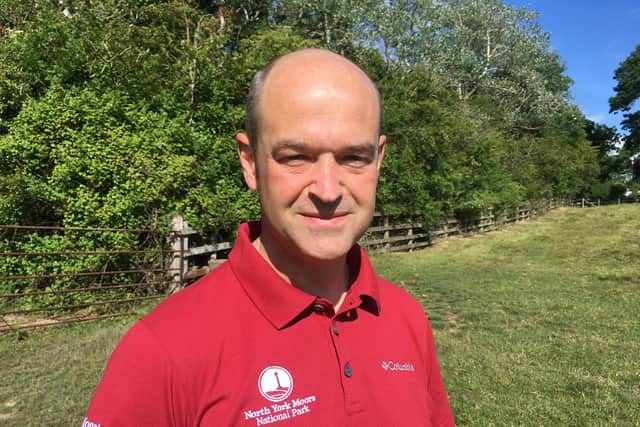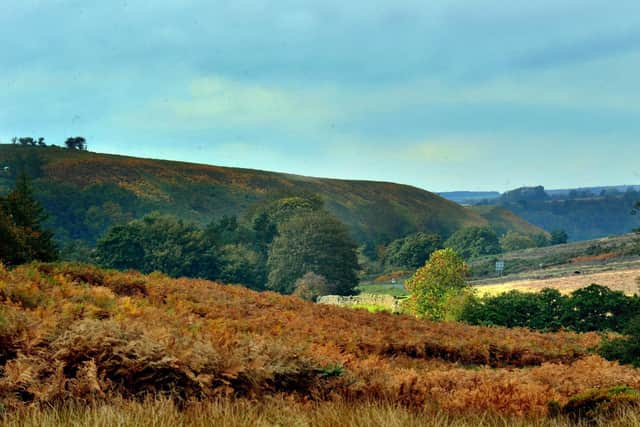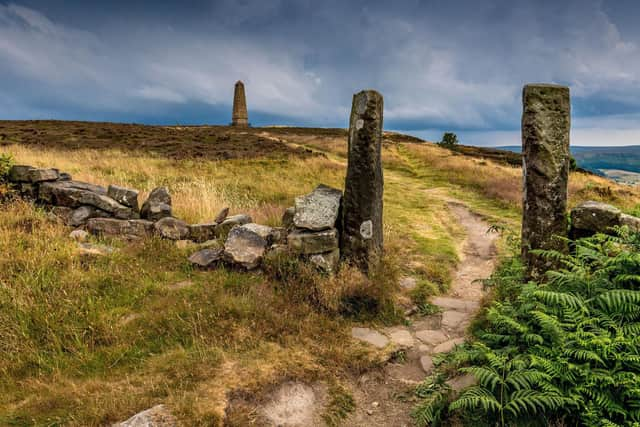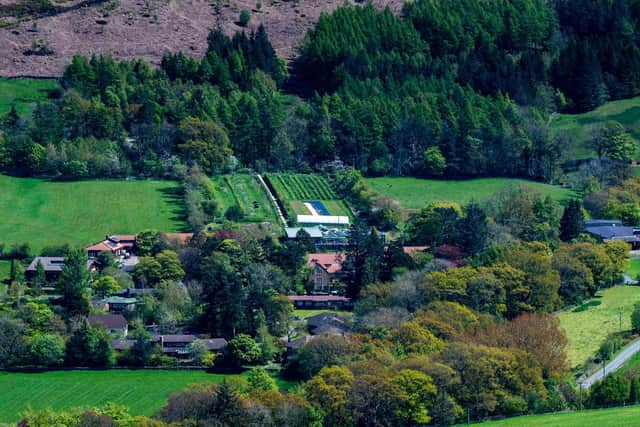Why incoming North York Moors CEO Tom Hinds is preparing for the biggest challenge of his career
WHEN Tom Hind takes up his new post at the end of September, he’ll have a “to do” list that would make a cabinet minister wince.
Affordable housing, wildlife crime, planning decisions, accessible wifi, the world’s largest polyhalite mine, the impact of leaving the Common Agricultural Policy (CAP) as the UK exits the EU, and, of course, the economic ravages caused by the coronavirus lockdown will be just some of the items on the agenda for the new chief executive of the North York Moors National Park. It almost makes you wonder why he’d want to throw his hat into the ring.
Advertisement
Hide AdAdvertisement
Hide Ad“The more I read about the role, the more it sort of spoke to me, that this was something that I really wanted to do,” he told The Yorkshire Post.


“First, I felt I could bring quite a lot to it, based on my background – not just through having worked in and around the farming and rural industry for 20-odd years, but more about the networks and relationships and working with other people to build partnerships.
"Also, I’m a Yorkshireman, so I’ve always had a kind of deep, passionate feeling around ‘place’, and the idea of doing that kind of role back in my home county was quite an appeal.
"But above all, it massively resonated with what I enjoy outside of my professional life, which is the great outdoors.”
Advertisement
Hide AdAdvertisement
Hide AdHis priority, he said, will be to get to know the people who make the National Park tick – the staff, members and volunteers – as well as building networks with key stakeholders, some of whom he’s familiar with from prior roles.


That collaborative approach is one that has served him well through a career that has included 15 years at the National Farmers’ Union, stints in Brussels and at Tesco, and, most recently, the Agriculture and Horticulture Development Board (AHDB), where he is chief strategy officer.
He said: “I’m quite a strategic thinker; I like to understand the bigger context in which an industry operates, not just that of the industry itself, and work out how you navigate a successful path through change.
"I’m naturally drawn to working in partnership, and I think partnership working is a vital component of enabling the park to succeed, whether it’s the partnership with the local authorities, with the landowners on the ground, or with the other organisations in the environmental and community space as well.
Advertisement
Hide AdAdvertisement
Hide Ad"It’s important to remember the mantra that you’ve got two ears and one mouth – and to use them proportionately.”


There are well over 2,000 businesses in the National Park, and over 40 per cent of them are involved in agriculture, forestry and fishing, so Mr Hind will need to employ his farming expertise, as well as those well-honed soft skills, to full effect as the National Park tries to help the local economy face up to the two-pronged challenge posed by CAP replacement and Covid-19.
What the new policy environment will look like post-CAP is an issue particularly close to his heart; as head of economics and international affairs at the NFU he led on cross-border trade and CAP reform.
He said: “We’ll exit economically at the end of the year, and we’ll exit the Common Agricultural Policy, which heralds a period of profound change for the industry.
Advertisement
Hide AdAdvertisement
Hide Ad“Whether we like it or not, for a large proportion of farmers, particularly livestock farmers – and there are lots of those in the park – the CAP has been a big part of their income, so how the industry pivots towards being able to really deliver against those public goods and benefits that society values, but at the same time finds it rewarding and remunerative, is probably one of the big challenges, where the National Park will have to work very closely with farmers, and vice versa.”


On helping business navigate the post-lockdown world post-Covid, he sees the National Park in terms of a remedy, rather than a victim, of the virus.
“At a personal level, a lot of us have spent a lot of time indoors, reflecting, and it’s in those times that our great outdoors and open spaces probably become an even more important part of our identity,” he said.
“So when you combine the psychological and mental challenges lots of people have faced with the longer, overlying challenge of climate change, the National Parks will be an important part of providing solutions.”
Advertisement
Hide AdAdvertisement
Hide AdMr Hind will be taking the reins at the park’s Helmsley headquarters in September following the retirement of his predecessor, Andy Wilson, who is retiring after 20 years in the role. So how will his approach differ?
“It’s impossible to say,” he said. “Andy will be a massively hard act to follow. I know how much trust and respect the members and many of the stakeholders have in him, and it’s important to build on the legacy he leaves behind.
“Ultimately, I’ll be myself. I like to think I’m human, down to earth and open.


“I draw pride from feeling that people are motivated and inspired by the leadership that I can bring.”
Advertisement
Hide AdAdvertisement
Hide AdIf that sounds more like a vibe than a plan, there’s good reason; Mr Hind has not yet taken up his new role, or even left his old one, so the specifics of policy and approach will have to wait till he gets to grips with the job in the autumn.
But he is clear about what he wants to achieve in the role, which he describes as “career-defining”.
He said: “I want to feel proud that the park is a really cherished place that people want to go and visit, that they respect, and that it’s playing a big part in the national agenda around landscapes, the environment, public health, well-being and education. If in the long term you can maintain that sense of pride in the park, then we’ll all feel that we’ve achieved an awful lot.”
Comment Guidelines
National World encourages reader discussion on our stories. User feedback, insights and back-and-forth exchanges add a rich layer of context to reporting. Please review our Community Guidelines before commenting.